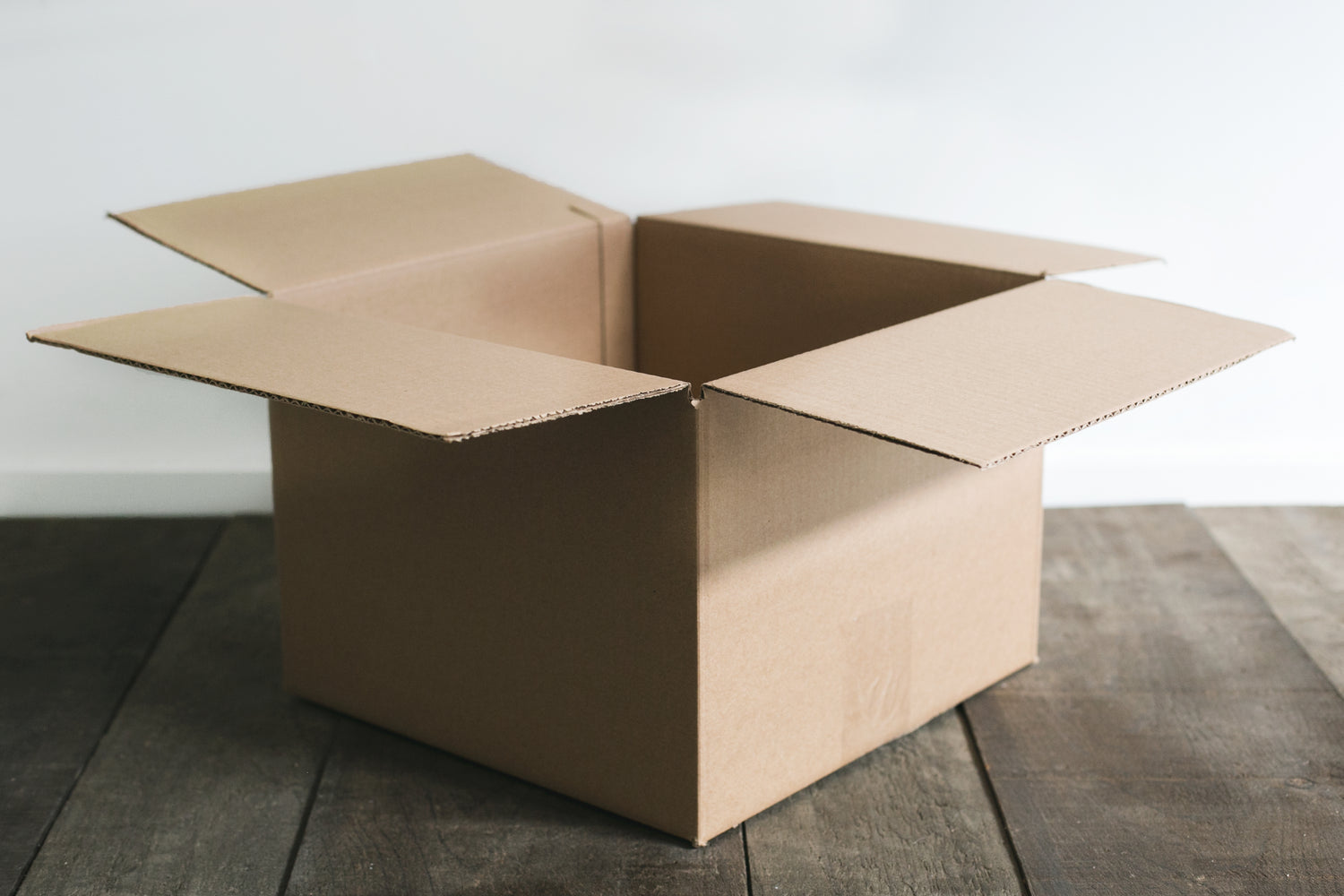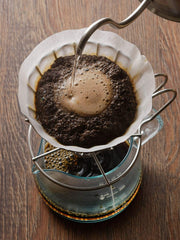Chemex Coffee Maker: What Happens When a Chemist-Inventor Gets Into Coffee?

How many pour-over coffee brewers are famous enough to earn their own display at the Museum of Modern Art? I can’t say for certain, but I do know that Chemex made the cut.
The Chemex Coffee Maker was invented in 1941 by Peter Schlumbohm in his New York City home. As a Chemist and fervent collector of patents, Schlumbohm was known among friends and colleagues for his unending stream of concepts, inventions, and gadgets – the most famous of which would end up being, you guessed it, Chemex Coffee Maker.
The Design
With an iconic hourglass shape and wood-collar accent featured in a myriad of tv shows, movies, and in popular literature (James Bond brews his coffee in style), the Chemex has been established in media and real life as the iconic coffee brewer of North America, and I think that’s for a good reason.
When asked about the Chemex, Schlumbohm, inspired by the Bauhaus' philosophy that an object needs only to perform its function, replied: “a coffee maker must make coffee.”
So, that is what he created. In essence, the Chemex Coffee Maker is a borosilicate glass vessel, yet Schlumbohm designed it to brew, decant, and enhance drip coffee using the physics around us with no automation necessary. The only variables are in the beans you choose and how you grind them. It’s almost too easy.
In the coffee industry, trends come and go in a matter of days, yet the Chemex Coffee Maker’s original design has not altered in the ~80 years since its invention, surviving multiple changes of ownership and a factory relocation from New York to western Massachusetts. It’s an open and shut case of if it isn’t broken, don’t fix it!
Sure, there have been recent iterations like the Chemex Glass Murray Mugs (newly arrived to Canada), the Chemex Chettle, and a glass-handled vessel instead of the wood collar and rawhide tie. However, the patented Chemex “hourglass” design is present throughout almost every new product, linking back to the invention that initiated a pour-over dynasty.
My Experience
Almost anyone you ask in the industry has the story of their first piece of third-wave coffee equipment. Mine was a Classic 6-Cup Chemex Coffee Maker, won from an in-house latte art contest where I worked as a barista.
It turns out that the Chemex would be the perfect pour-over brewer for my compact bachelor suite, where I allocated one corner of the kitchen to a future collection of coffee tools. I was immediately thrilled with how the Chemex’s presence suddenly elevated the appearance of my counter, and even more impressed with how well it made pour-over coffee while taking up ½ the space of an automatic coffee brewer.
I was also not expecting the filters to be as sturdy as they were. Chemex Paper Filters (or Half Moon Filters if you’re fitting a 3-Cup Chemex) are made with fibres that are 20-30% thicker.
From this, I discovered two benefits: the flavours in coffee are cleaner and more distinct, and coffee grounds stay in their place. After all, we all know the unpleasant sensation of accidentally crunching on coffee grounds that snuck their way into the brew.
I’ve had the same Chemex Coffee Maker for a few years now, and despite collecting several other coffee gadgets, I always find myself coming back whenever I’m in the mood for a classic pour-over coffee.
If you already have your own Chemex Coffee Maker, or if you have plans to own one, I recommend checking out this step-by-step recipe by Sprudge. Happy Brewing!






